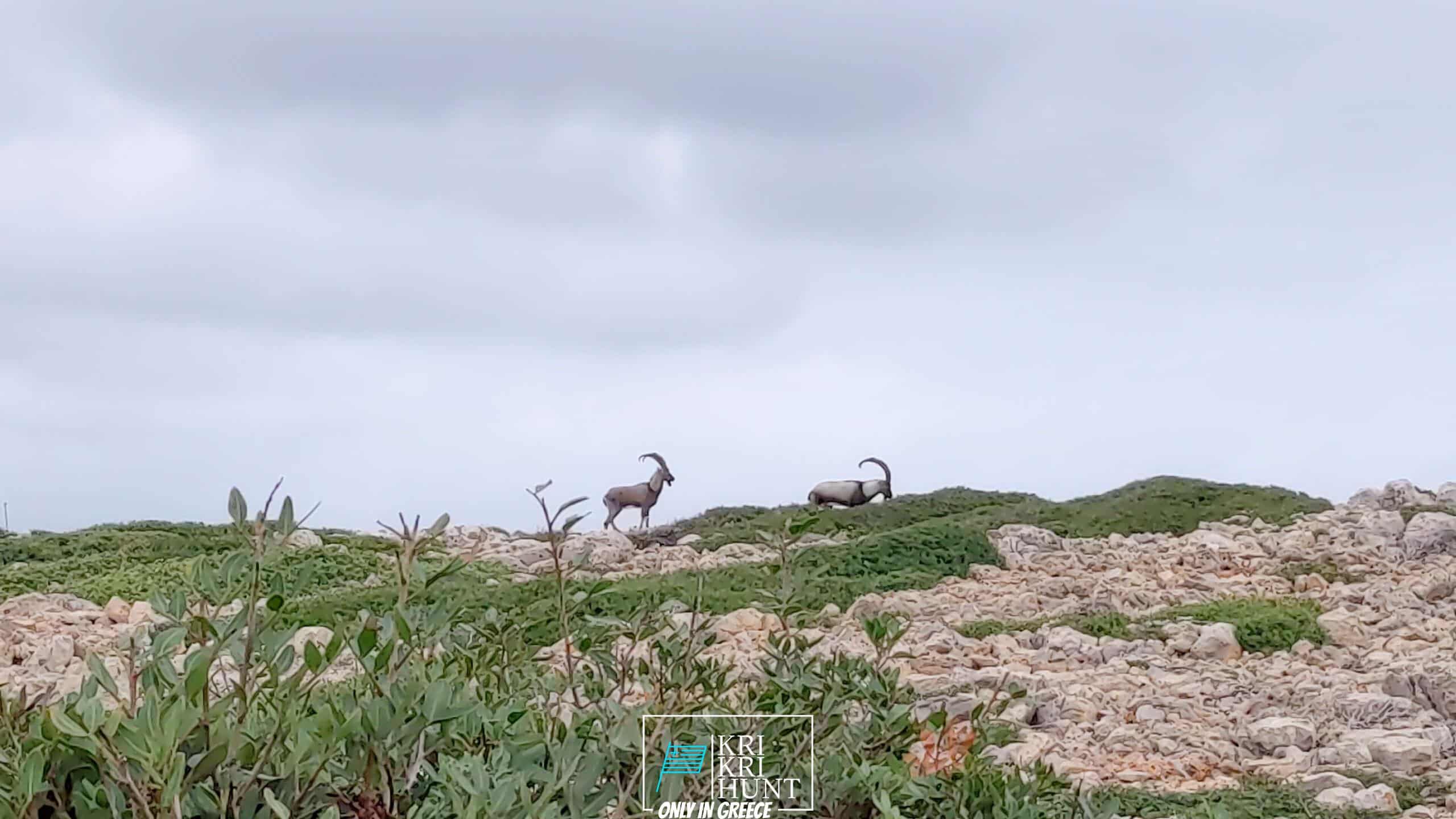A Month-Long Stay in the Peloponnese Peninsula in 5 days quest
A Month-Long Stay in the Peloponnese Peninsula in 5 days quest
Blog Article

Searching for Kri Kri ibex in Greece is an amazing vacation and an exciting searching exploration all rolled into one. For a lot of seekers, ibex searching is a difficult endeavor with miserable conditions, yet not in this case! Throughout five days of visiting old Greece, diving to shipwrecks, as well as spearing, you'll come across stunning Kri Kri ibex on an unique island. What else could you desire?

Greece is a beautiful country with plenty of opportunities for vacationers. There are magnificent beaches, ancient ruins, as well as tasty food to appreciate. Furthermore, there are several activities available such as cycling, hiking, as well as skiing. Greece is the excellent location for any individual seeking a getaway full of journey as well as enjoyment.
The first thing you will certainly notice when you arrive in the Peloponnese peninsula is the strikingly gorgeous landscape. The hills, rivers, lakes, as well as forests make this location a nature lover's paradise. There are likewise lots of opportunities for hiking, angling, swimming, and also other exterior tasks. Yet the Peloponnese peninsula is not nearly its all-natural charm; there are likewise countless historic and also social websites to discover. Don't forget likewise fishing, free-diving and also searching. Some of the most popular visitor locations in the Peloponnese consist of ancient Olympia, Epidaurus, Mycenae, as well as Sparta. These locations use a remarkable look right into Greece's abundant background and also culture. If you want learning more about Greek mythology, then you will absolutely want to visit Mount Olympus, home of the 12 Olympian gods. Naturally, no trip to Greece would certainly be total without trying a few of the delicious food. The Peloponnese peninsula is home to several of the most effective olive oil in the world as well as feta cheese, olives, honey, as well as red wine. Make sure to attempt several of the regional specialties such as dolma (stuffed grape leaves), Souvlaki (grilled meat skewers), and also Gyro (meat covered in pita bread).
If you're searching for a genuine Greek experience, after that look no more than our exterior hunting in Greece with fishing, as well as cost-free diving trips of Peloponnese. This is an unforgettable means to see every little thing that this incredible area has to offer. Reserve your scenic tour today!
What is the diference between Kri Kri ibex, Bezoar ibex and hybrid ibex
The kri-kri is not thought to be indigenous to Crete, most likely having been imported to the island during the time of the Minoan civilization. Nevertheless, it is found nowhere else and is therefore endemic to Crete. It was common throughout the Aegean but the peaks of the 8,000 ft (2,400 m) White Mountains of Western Crete are their last strongholds–particularly a series of almost vertical 3,000 ft (900 m) cliffs called ‘the Untrodden’—at the head of the Samaria Gorge. This mountain range, which hosts another 14 endemic animal species, is protected as a UNESCO Biosphere Reserve. In total, their range extends to the White Mountains, the Samaria National Forest and the islets of Dia, Thodorou, and Agii Pandes.
This Ibex is NOT a diminutive form of the Bezoar Ibex, which has migrated into the western-most reach of the range of this species. The kri – kri (Capra aegagrus cretica), sometimes called the Cretan goat, Agrimi, or Cretan Ibex, is a feral goat inhabiting the Eastern Mediterranean, previously considered a subspecies of wild goat. The kri-kri has a light brownish coat with a darker band around its neck. It has two horns that sweep back from the head. In the wild they are shy and avoid tourists, resting during the day. The animal can leap some distance or climb seemingly sheer cliffs.
“The agrimi goat Capra aegagrus cretica is unique to Crete and its offshore islands. It has been identi®ed as a sub-species of the wild bezoar goat Capra aegagrus aegagrus Erxleben, 1777, which it closely resembles in horn shape, body form and coloration. This classi®cation has been disputed by some researchers who claim that the agrimi are feral goats, derived from early domestic stock brought to the island by the ®rst Neolithic settlers. In order to clarify this issue, DNA analyses (cytochrome b and D loop sequences) were carried out on tissue of live and skeletonized agrimi and compared to sequences of wild and domestic caprines. Results conclusively show the agrimi to be a feral animal, that clades with domestic goats (Capra hircus) rather than with wild Asiatic bezoar. This study demonstrates that morphometric criteria do not necessarily re¯ect genetic af®nities, and that the taxonomic classi®cation of agrimi should be revised.”
Report this page